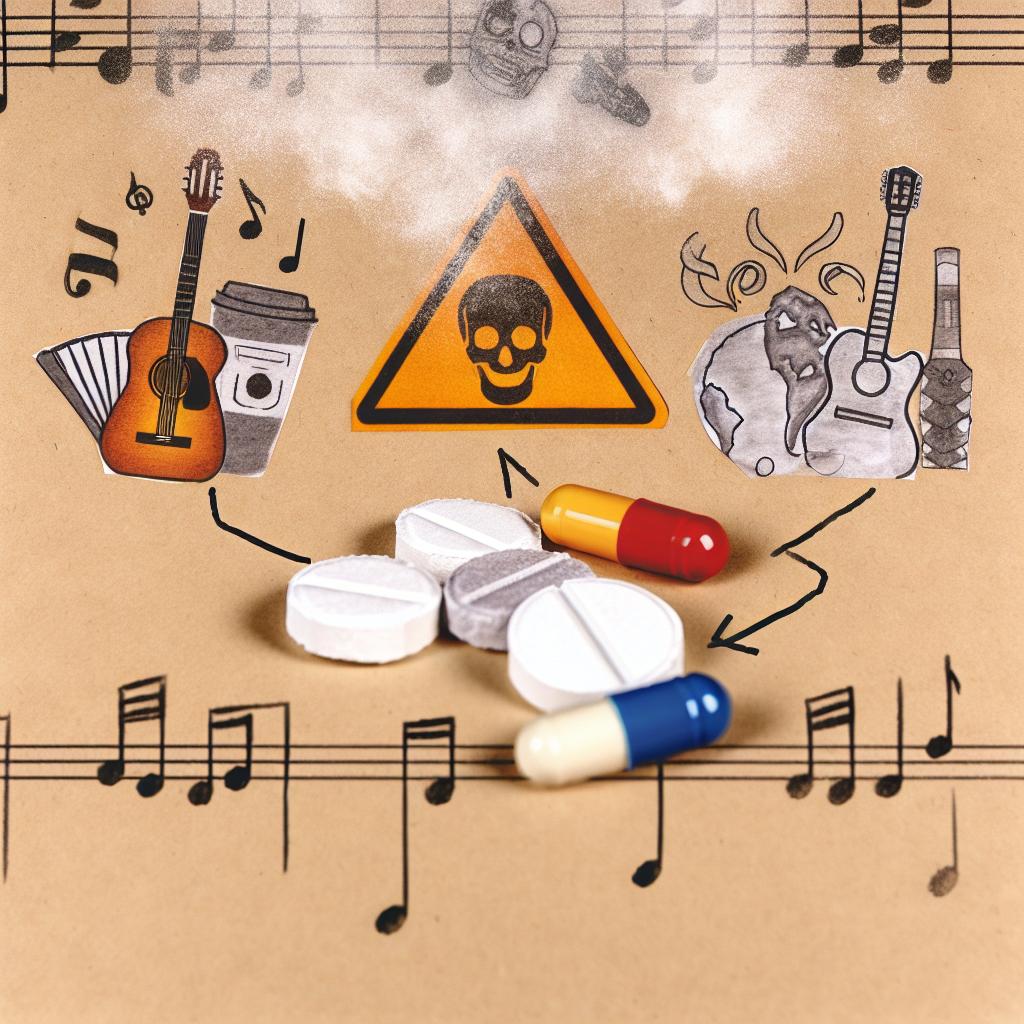Music and Its Influence on Pop Culture
Music has continued to stand as a dominant force in shaping pop culture across varying periods and societies. Throughout history, artists have encapsulated social sentiments, fashion trends, and lifestyles in their musical expressions, thus profoundly influencing how people think, act, and perceive the world around them. In contemporary settings, genres such as rock, hip-hop, and electronic dance music (EDM) have taken center stage, each playing significant roles in molding cultural landscapes.
Pop Culture’s Embrace of Music
The intricate relationship between music and pop culture is blatantly evident when considering how iconic figures like The Beatles, Madonna, and Beyoncé have transformed into cultural icons. Their music extends beyond mere entertainment, functioning as a catalyst for inspiring substantial changes in fashion, language, and social behaviors. For instance, The Beatles spearheaded the British invasion in the 1960s while setting new standards in both music and fashion. They influenced everything from hairstyles to attitudes toward authority. Fast forward to the 1980s, and Madonna revolutionized pop music and fashion with her bold styles, challenging societal norms regarding gender and sexuality. More recently, Beyoncé has become a beacon of cultural empowerment, addressing racial and social issues through her music.
This enduring bond between music and cultural trends aptly illustrates how music acts as a mirror, reflecting the ongoing societal shifts and cultural dynamics. Musicians are frequently at the forefront of challenging existing cultural paradigms, thus shaping new narratives within pop culture.
Historical Overview of Music and Drug Culture
The intersection of music and illicit drug culture has seen a dynamic evolution over the decades—as musical genres have frequently aligned themselves with specific substances reflective of their socio-political climates.
1960s: The Psychedelic Era
The 1960s marked a period of cultural rebellion abetted by the counterculture movement, which was instrumental in popularizing the use of psychedelic substances like LSD. During this era, musicians and bands openly referenced such substances, subsequently influencing a generation’s keen exploration of expanded consciousness and defiance against societal orthodoxies.
Notable Examples
Renowned bands from the 1960s and 70s—including The Grateful Dead and Pink Floyd—wove narratives of drug use into their music. Such references often symbolized a quest for exploration and enlightenment and resonated deeply with an audience yearning for freedom and new experiences. The cultural soundscape of this era was replete with sonic experimentation and lyrical journeys into altered states of mind, all mirroring the zeitgeist of the time.
1980s: The Rise of Different Subcultures
Moving into the 1980s, music saw the advent of electronic music and the burgeoning club scene, where substances like MDMA (Ecstasy) gained prominence. This era marked the explosion of the rave culture, characterized by all-night dance events. These gatherings became iconic for their proliferation of electronic music and recreational drug use. Concurrently, hip-hop rose to prominence, serving as a voice for urban communities grappling with challenges such as economic disparity and the crack cocaine epidemic. Artists within the genre captured the harsher realities of street life, addressing drug influences and their repercussions on their communities with raw honesty and assertiveness.
Present Day: Diverse Perspectives
Today, the music scene displays a more nuanced view of drug culture. While some artists continue to glorify drug use through their lyrics and music videos, others take a broader approach by addressing the darker consequences associated with drug abuse. This duality is particularly significant amidst today’s ongoing opioid crisis and the evolving legal landscapes surrounding marijuana. Music often reflects both personal stories and collective experiences with various substances, offering a comprehensive commentary on modern-day societal challenges.
Controversy and Social Responsibility
The discourse surrounding music’s portrayal of drug culture remains a complex and controversial subject within the industry. On one hand, critics argue that musicians bear a responsibility to avoid glamorizing substance use through their work. There is concern that glamourization may inadvertently lead to increased experimentation, especially among younger audiences who are susceptible to the influence of their idols. On the other hand, there’s an understanding that music serves as an authentic representation of personal and social realities. For many artists, addressing struggles with addiction through their art resonates as a genuine and honest depiction of life’s complexities.
Engaging with Realities
While some artists use their platforms to advocate for safe drug policies and offer support to those battling addiction, others continue to leverage the allure of rebellious and hedonistic lifestyles within their music and performances. For instance, some musicians have become vocal advocates for harm reduction strategies, endeavoring to educate their audiences about the potential risks of substance use while promoting messages of support and recovery. Conversely, in certain subgenres of music, the rebellious image remains integral to the culture, with drug references forming an essential part of identity and expression.
Conclusion
The intricate relationship between music, pop culture, and illegal drugs is rich with complexity and diversity. This dynamic often sparks public debates and concern while simultaneously being a driving force for significant cultural and social discussions. These discussions encompass themes of personal agency, societal norms, and the search for identity and belonging among listeners and artists alike. Understanding this interplay is crucial for grasping the broader dialogues occurring within society. For those interested in deeper exploration into how these elements interact, insights from interviews with musicians and cultural analysts provide a rich tapestry of understanding regarding the ongoing influence of music on cultural sentiment and collective consciousness. Music, undoubtedly, serves as a powerful tool for articulating and challenging societal narratives, continuously evolving in tandem with the cultural trends it both shapes and reflects.





